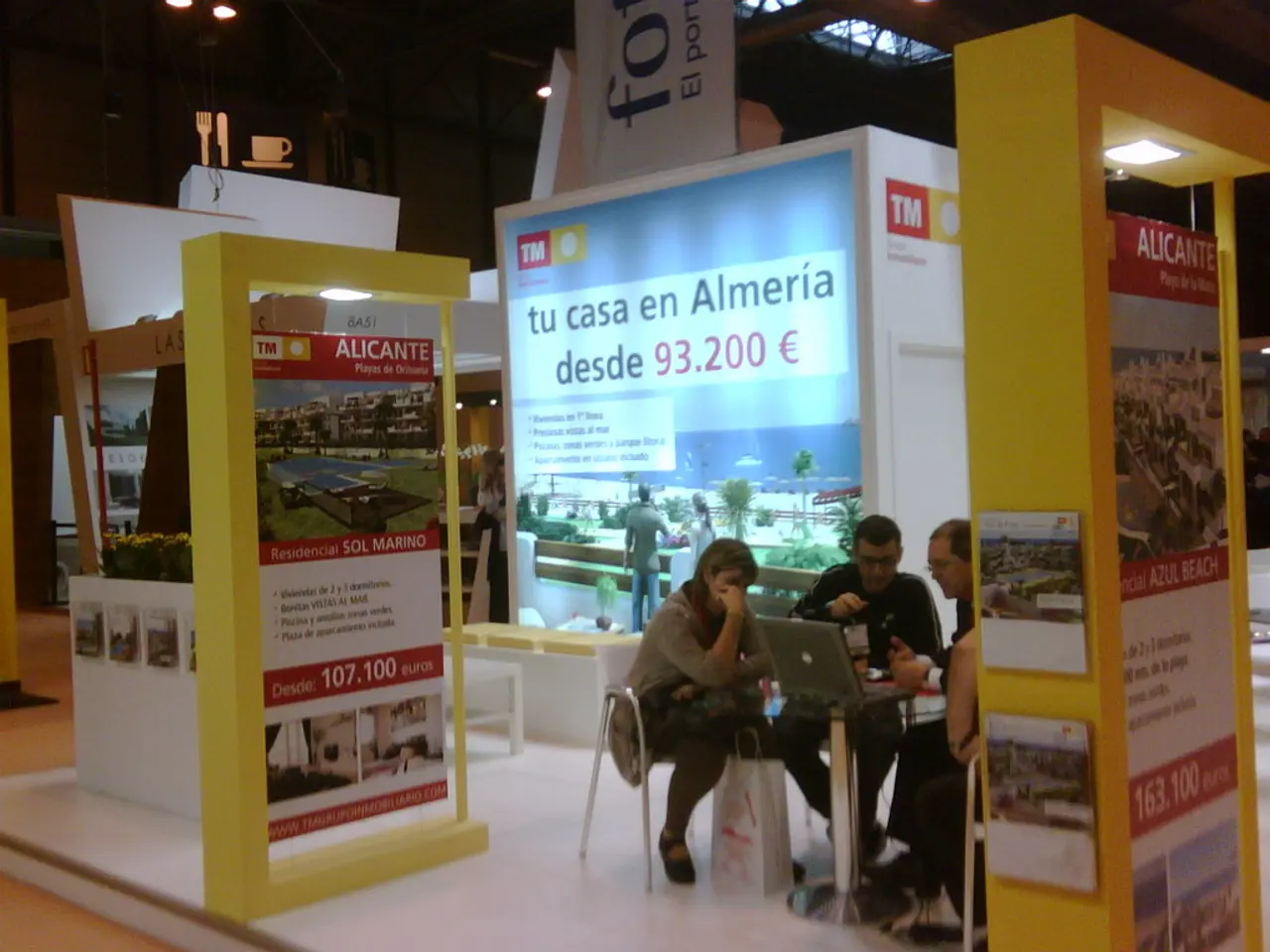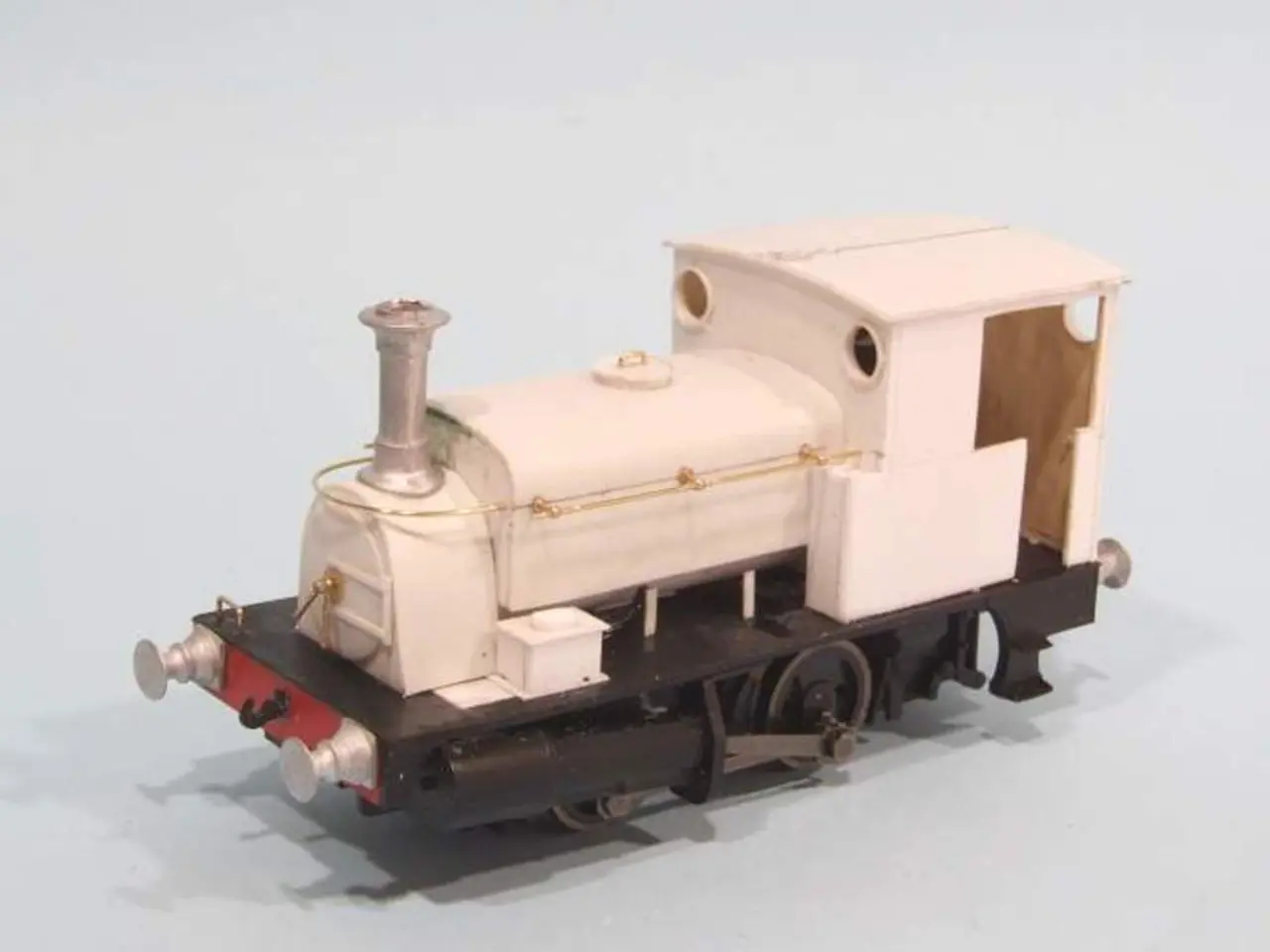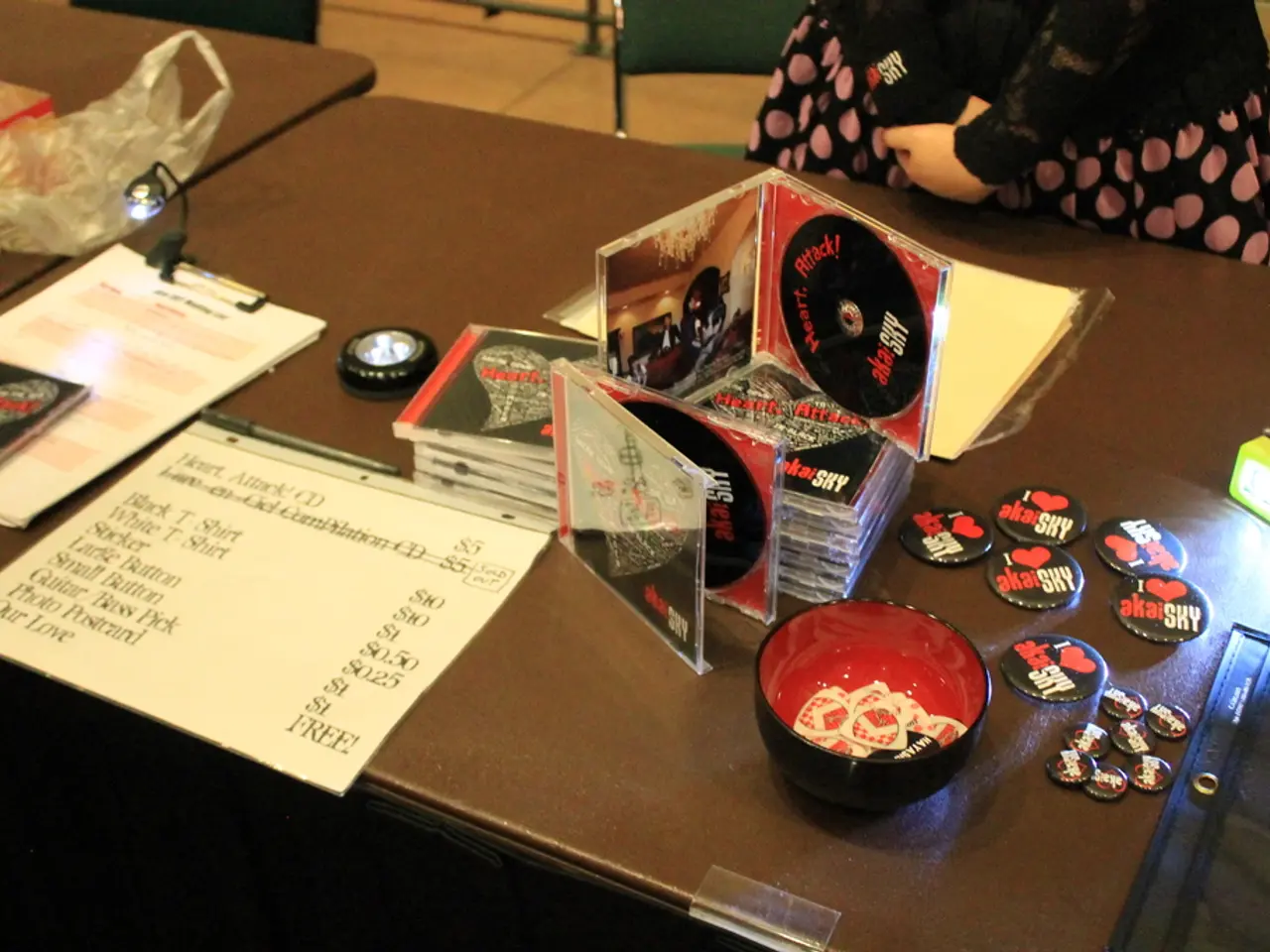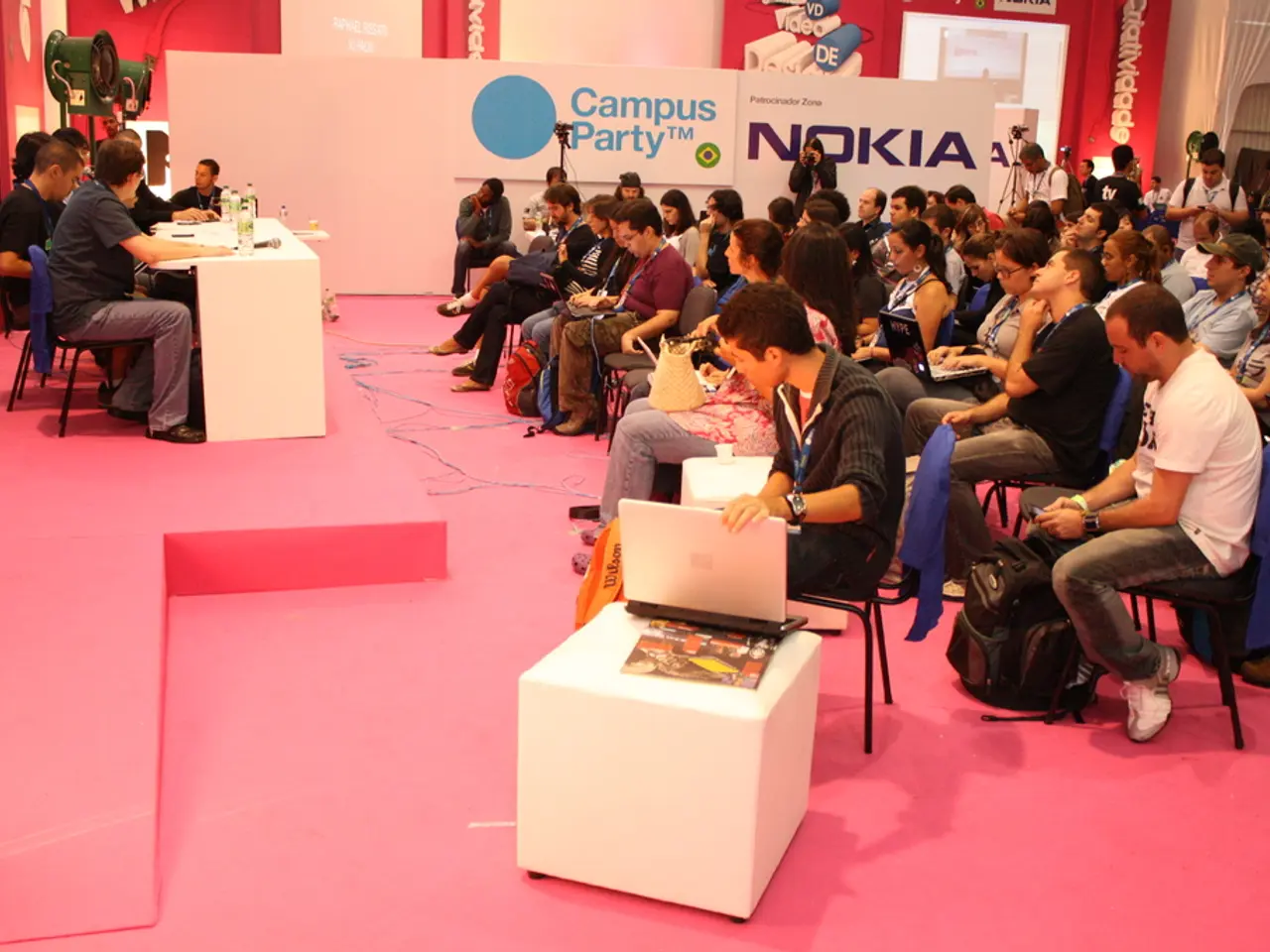Uncover, Disclose, Reveal: Unveiling Secrets and Unsolved Mysteries, Exposing hidden truths or unresolved puzzles for extensive exploration and understanding.
In the heart of Guangxi, China, the story of Wuling Motors begins with a humble tractor factory established in 1958, known as the Liuzhou Power Machinery Factory. This state-owned enterprise, initially focused on producing tractors, would later transform into one of China's leading automotive brands.
By the early 1930s, the factory found itself under the control of the Fourth Army and became part of its aviation division. The main purposes shifted to aircraft repair and in-house engine development.
In the 1960s, Liuzhou Power Machinery Factory was separated from its parent company and made an independent enterprise. During this period, it began producing wood loggers and later agricultural tractors, branded as Fengshou.
Fast forward to 1982, and the factory had transitioned from agricultural machinery to manufacturing light commercial vehicles. In 1986, it entered into a partnership with Japan's Mitsubishi to produce Mitsubishi minicabs, marking the beginning of a new era in the factory's history.
The first Wuling vehicle, based on the third-generation Mitsubishi Minicab, was introduced in 1987, and the Wuling brand name was officially adopted in 1988. This marked the entry of the brand into the automotive market under this name. It's important to note that during this early phase, vehicles were sold under names like the 'Liuzhou Wuling LZ 110'.
A major evolution occurred in 2002 with the formation of the joint venture Shanghai-GM Wuling (SGMW), combining the strengths of Wuling, General Motors (GM), and SAIC Motor. This deepened integration into the global automotive industry, expanding Wuling’s production capacity and product range, including making passenger cars under the Baojun brand starting in 2010.
Wuling has since become a significant player in China’s commercial and passenger vehicle markets, reaching milestones such as producing over 30 million vehicles by 2025 and leading new energy vehicle sales in China. From its origins as a tractor factory, the company has evolved into a major automotive manufacturer, particularly known for light commercial vehicles and compact passenger cars in partnership with global automotive leaders.
The Liuzhou Machinery Factory, now Liuzhou Wuling Liuji Power Company, became a major supplier of combustion engines in 2006. Liuzhou Machinery Factory, Liuzhou Wuling Liuji Power Company, and Wuling Motors are all part of the Guangxi Automobile Group, which, under its current name, is mainly a supplier to the automotive industry, focusing on parts and engines.
In 2015, Guangxi Province regained a majority share in Wuling Automobile Industry when it was floated on the Hong Kong Stock Exchange. Today, Wuling Motors continues to make limited-scale special vehicles under the Wuling brand name, demonstrating its commitment to innovation and growth within China’s evolving market and global partnerships.
- The transformation of Liuzhou Power Machinery Factory in the 1980s extended beyond light commercial vehicles, as it also delved into the realm of finance, securing a partnership with Japan's Mitsubishi in 1986 for manufacturing purposes.
- As Wuling Motors expanded its production capacity and product range through the SGMW joint venture in 2002, it also ventured into the energy sector, becoming a major supplier of combustion engines in 2006.
- In the realm of technology, Wuling Motors continues to push boundaries, as demonstrated by its commitment to new energy vehicles, aiming to lead sales in China and contributing to the evolving market and global partnerships.




